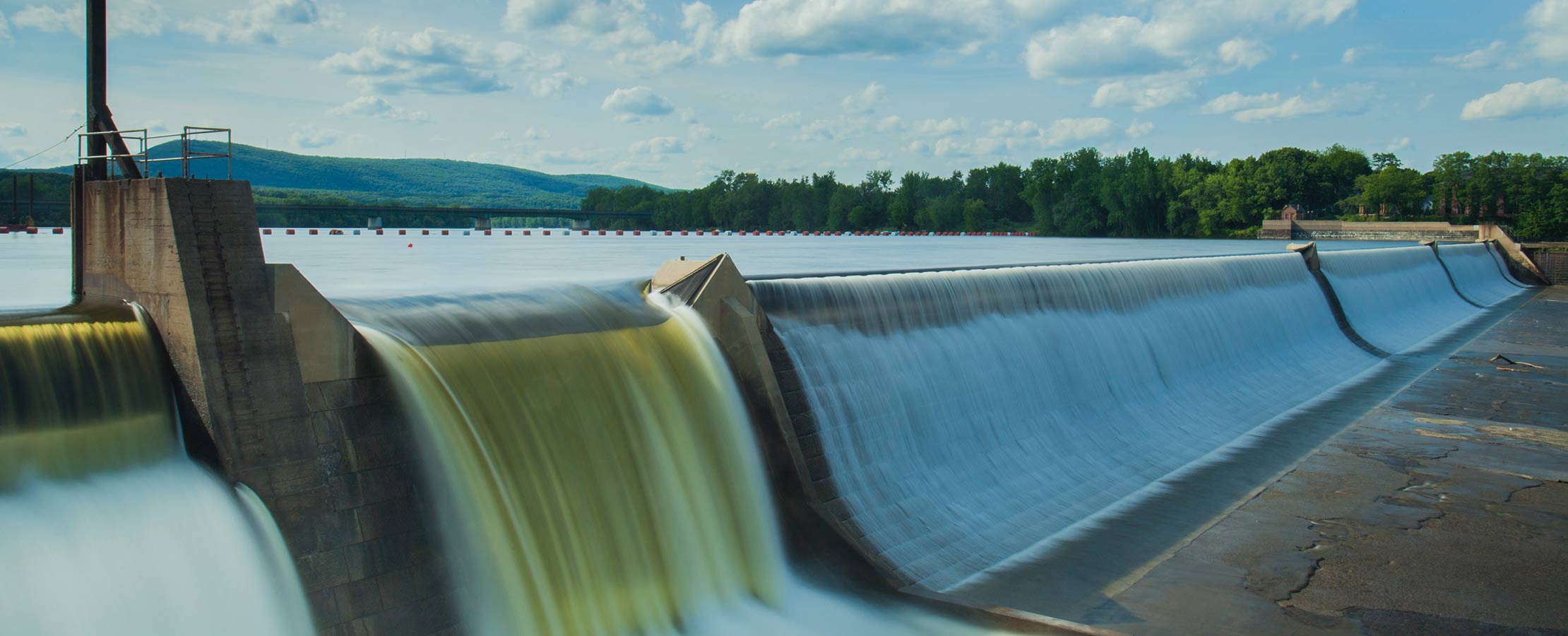Four Innovations to Watch in Hydropower
Hydropower dates back to ancient civilizations, but innovation is continuing to transform how we harness energy from water.
Hydropower – using of the movement of water to generate power – is by far the world's biggest renewable source. It provides more electricity than all other renewables combined (contributing 17 percent of global electricity generation in 2020) and is the third largest energy source for electricity production after coal and natural gas.
While dams and other forms of hydropower date back to ancient civilizations, technological development is continuing to transform the sector. Here are four of the most exciting innovations in hydropower.
1. Mini hydro
Hydropower projects can rank among the world's most ambitious and expensive infrastructure projects, such as China's ¥200bn (USD$28bn) Three Gorges Dam. Uncertainties around initial funding and regulatory approval can make it challenging to get hydropower projects off the ground. The need for certain geographies can also limit the widespread use of hydropower.
Smaller-scale hydropower can remove some of these limitations. It is ideal for supplying reliable renewable energy to rural communities. Small-scale hydro is usually ‘run-of-river', relying on the natural flow of water with no dam or other water storage. This minimizes the impact on local ecosystems, but has a lower power output and can lead to seasonal fluctuations in electricity generation. Designs include gravity hydraulic machines like Archimedes screws, turbines, and running pumps as turbines.
Hydropower can be utilized at scales as small as ‘pico' hydro installations (below 5kW) which might power a home from a stream – or even individual devices from the plumbing within a building.
2. Digitalization
Digitalization is set to transform the energy sector: helping balance supply and demand, anticipating required maintenance, and creating ‘digital twins' to trial different modes of operation. This will be especially valuable as grids become increasingly dependent on intermittent wind and solar, forcing energy operators to be more agile.
Although the benefits to the hydropower sector will be wide-ranging, among the most quantifiable is on efficiency, already very high at 90 percent and above. The collection and analysis of real-world data from hydropower sites can be used to inform ‘intelligent' control systems and thus optimize operations – researchers estimate that a total of 42TWh could be added to current hydropower generation through these digital upgrades.
3. Fish-friendly infrastructure
A common objection to hydropower projects is that they can have a huge impact on local ecosystems. Fish are especially vulnerable, with more than one in five fish killed while passing through hydropower plants. Therefore, there is a need to adapt designs to be more fish friendly.
One approach involves building ‘fish ladders': a passage of stepped slopes and pools that allow migrating fish to bypass a dam. The Thompson Falls hydroelectric plant is the first full-length fish ladder in Montana designed for bull trout, a threatened species. The ladder coaxes in fish by manipulating water flow at its entrance pool. At the top of the ladder, fish are trapped for tagging and measuring before being released into the reservoir upstream of the dam.
4. Tidal power
Although often treated separately, tidal power is an emerging form of hydropower that uses the movement of tides to generate electricity. Tidal power can be harnessed through various methods, from placing turbines in tidal streams to building dam-like barrages across rivers. It has enormous potential – of the world's 3,000GW of natural tidal power, it is estimated between 120 and 400GW could be captured.

New York City's famous East River is currently playing host to a major NREL tidal power project. Three 35kW turbines, made from a resilient new composite material, were submerged in the river in October 2020 and the project has already broken the US record for marine energy production. It's hoped that data collected through the pilot could move the technology closer to commercial deployment.






